@Bousl2336873cb4
Water pollution can stem from various sources, both natural and human-induced. Here are some common reasons for water pollution:
1.Industrial Discharges: Industries often release pollutants such as chemicals, heavy metals, and toxins directly into water bodies. These pollutants can come from manufacturing processes, waste disposal, or accidental spills.
-
Agricultural Runoff: Pesticides, fertilizers, and animal waste from agricultural activities can contaminate water sources. Rainwater washes these pollutants into rivers, lakes, and groundwater, causing pollution.
-
Sewage and Wastewater: Improperly treated or untreated sewage and wastewater from households, industries, and sewage treatment plants can introduce harmful bacteria, viruses, and chemicals into water bodies.
-
Oil Spills: Accidental or deliberate oil spills from ships, offshore drilling rigs, or pipelines can coat water surfaces, harming aquatic life, and disrupting ecosystems.
-
Plastic Pollution: Plastics, including microplastics, are a significant concern in water bodies. They can leach harmful chemicals, entangle aquatic animals, and be ingested by marine life, leading to serious health issues.
-
Urban Runoff: Urban areas produce runoff from roads, parking lots, and rooftops, carrying pollutants like heavy metals, oil, grease, and litter into waterways.
-
Mining Activities: Mining operations can release pollutants such as heavy metals, sulfur compounds, and acidic drainage into water bodies, contaminating them and making them unsuitable for human consumption and aquatic life.
-
Atmospheric Deposition: Airborne pollutants can settle on the water surface through precipitation, also known as acid rain, which can introduce acids and other harmful substances into water bodies.
-
Global Warming: Climate change can exacerbate water pollution by altering precipitation patterns, increasing the frequency and severity of storms, and raising water temperatures, which can affect aquatic ecosystems and the spread of pollutants.
Addressing water pollution requires comprehensive efforts, including regulatory measures, technological advancements in waste treatment, public awareness campaigns, and sustainable practices in industries and agriculture.
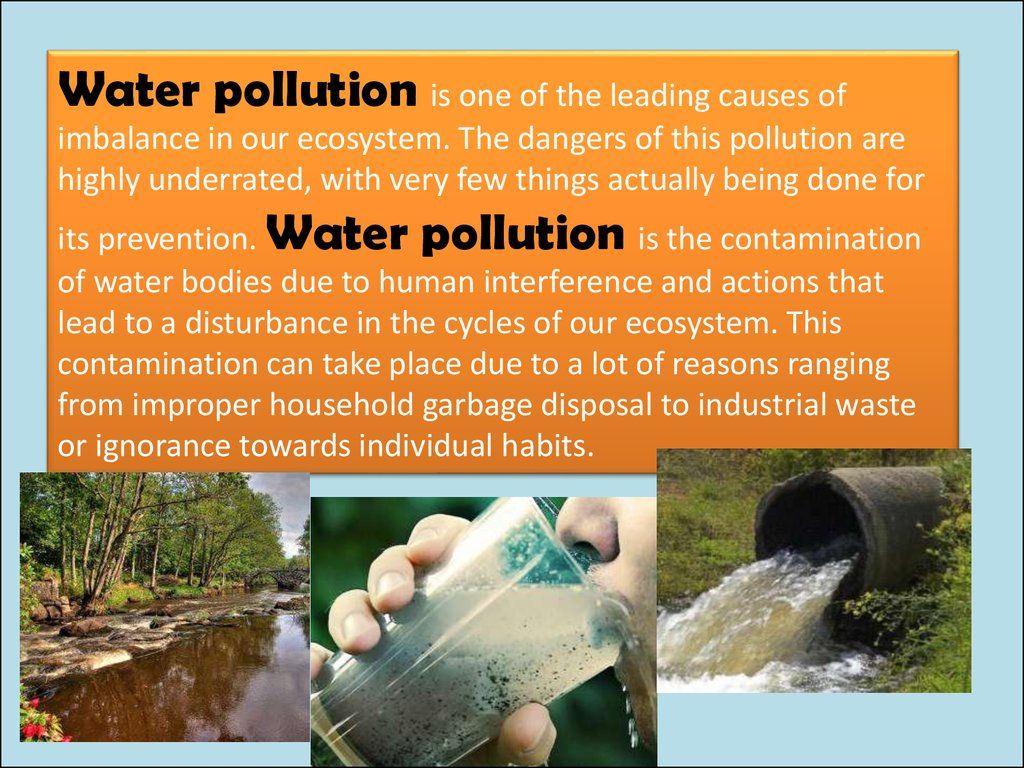
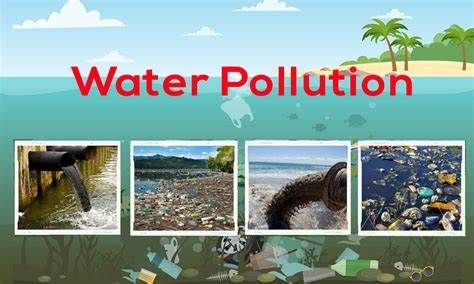 

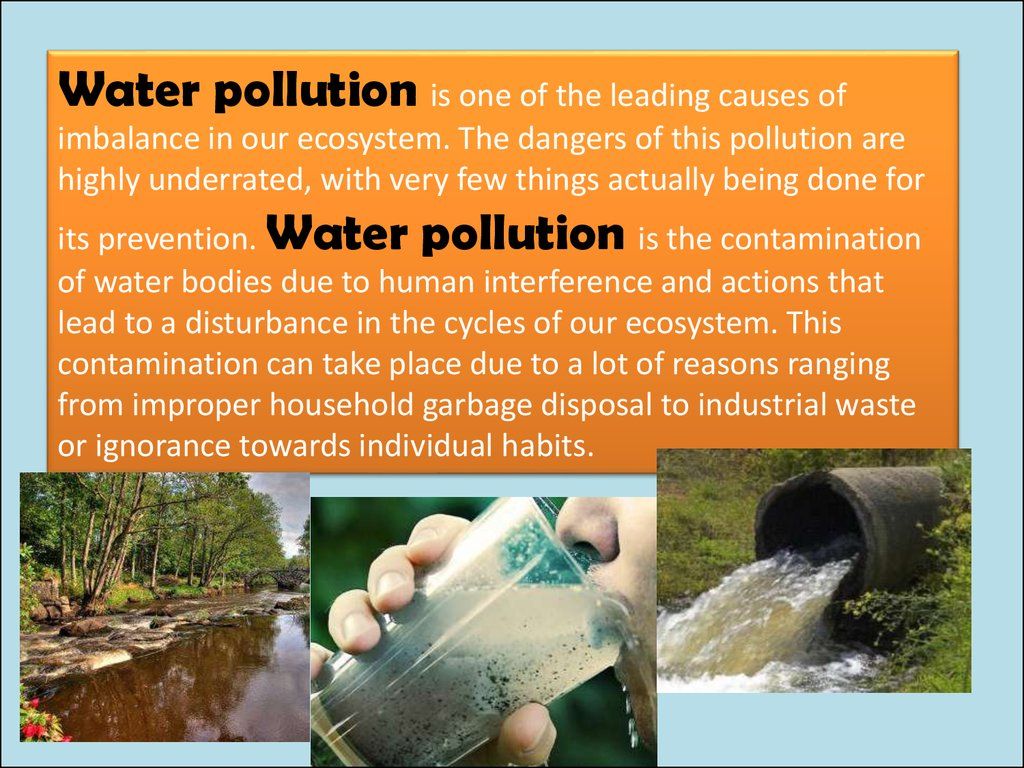
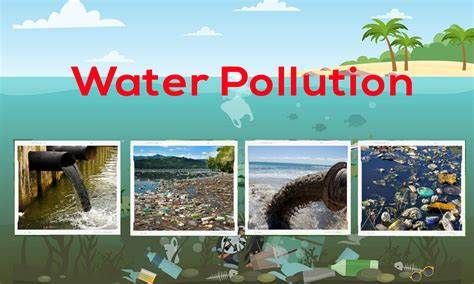
.jpg)
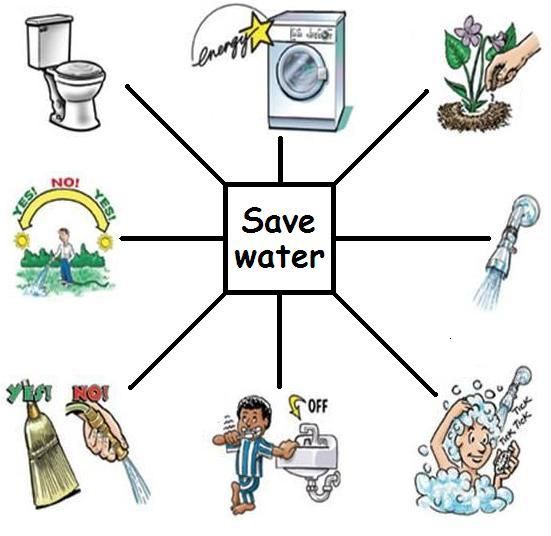
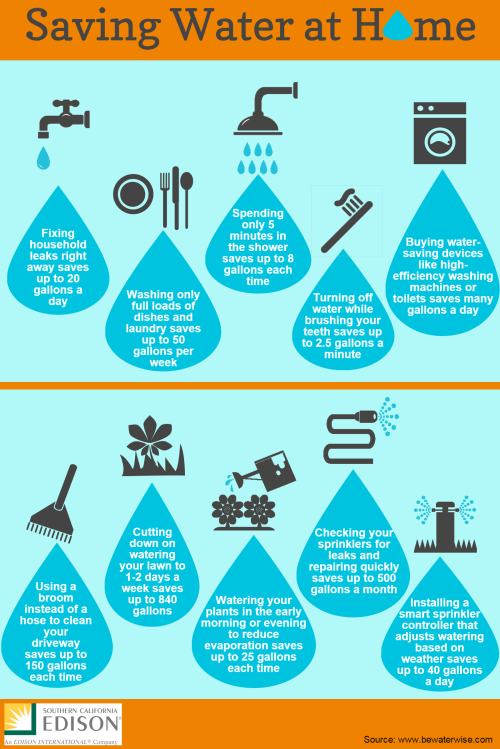

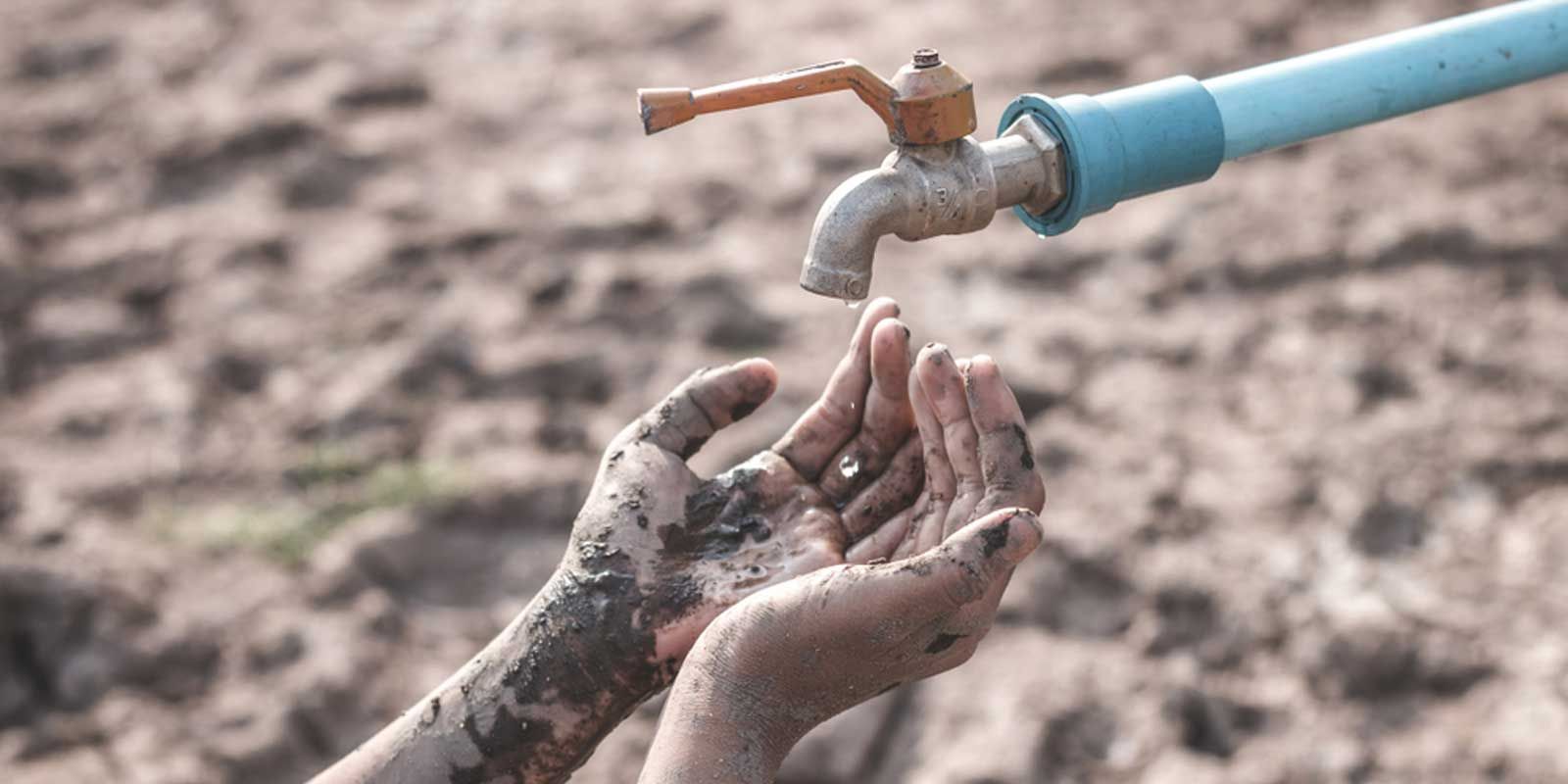

_1715332999085.jpg)

